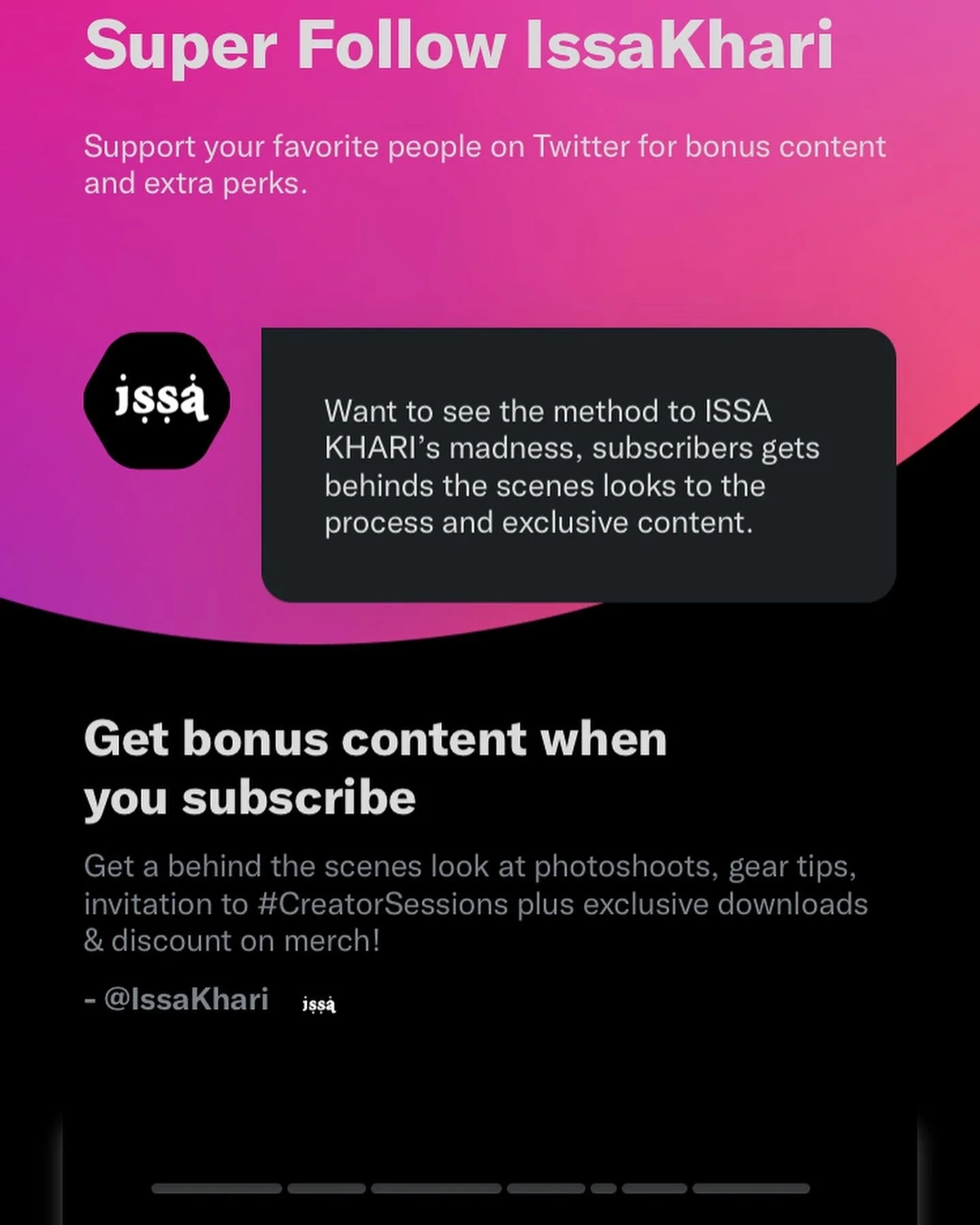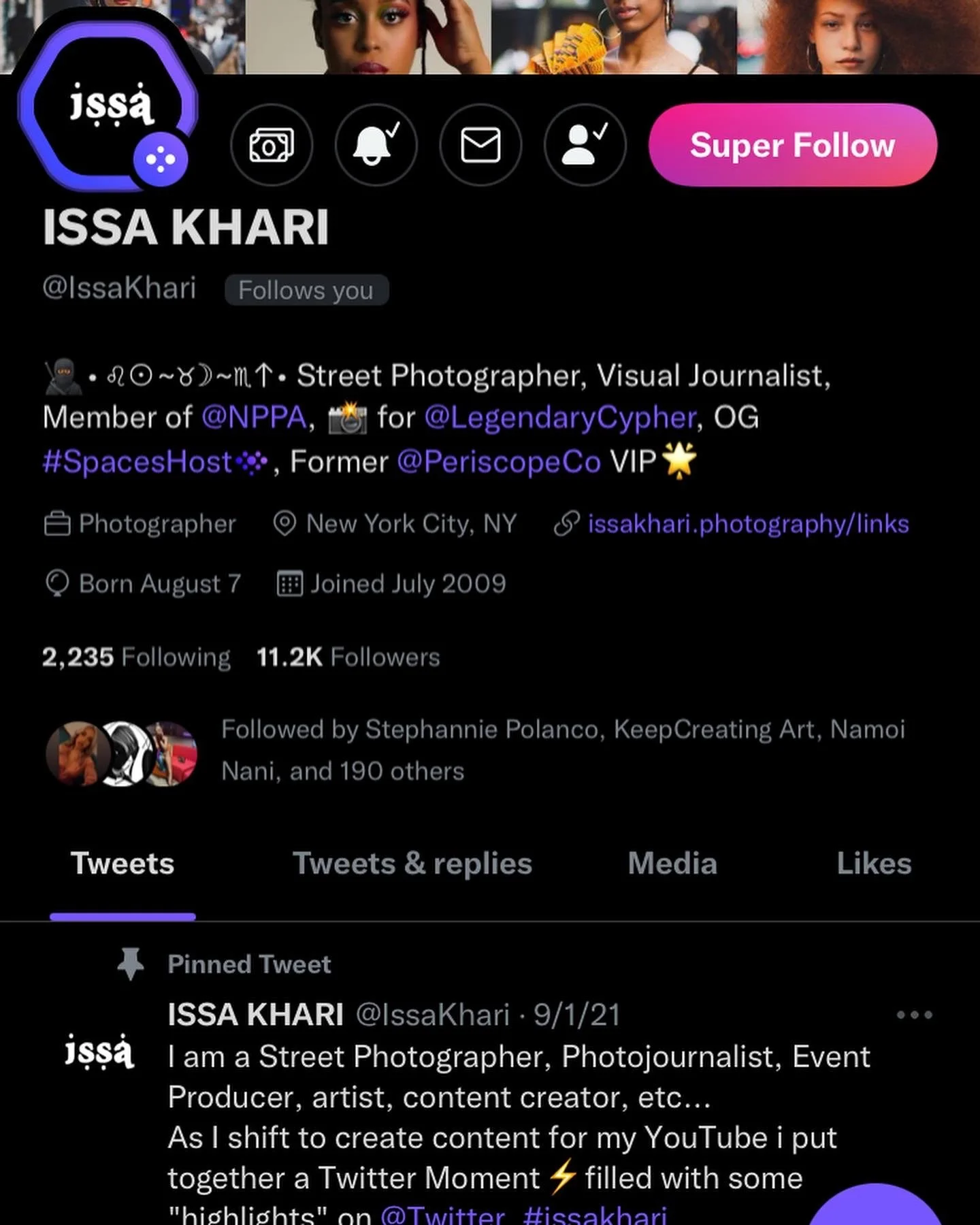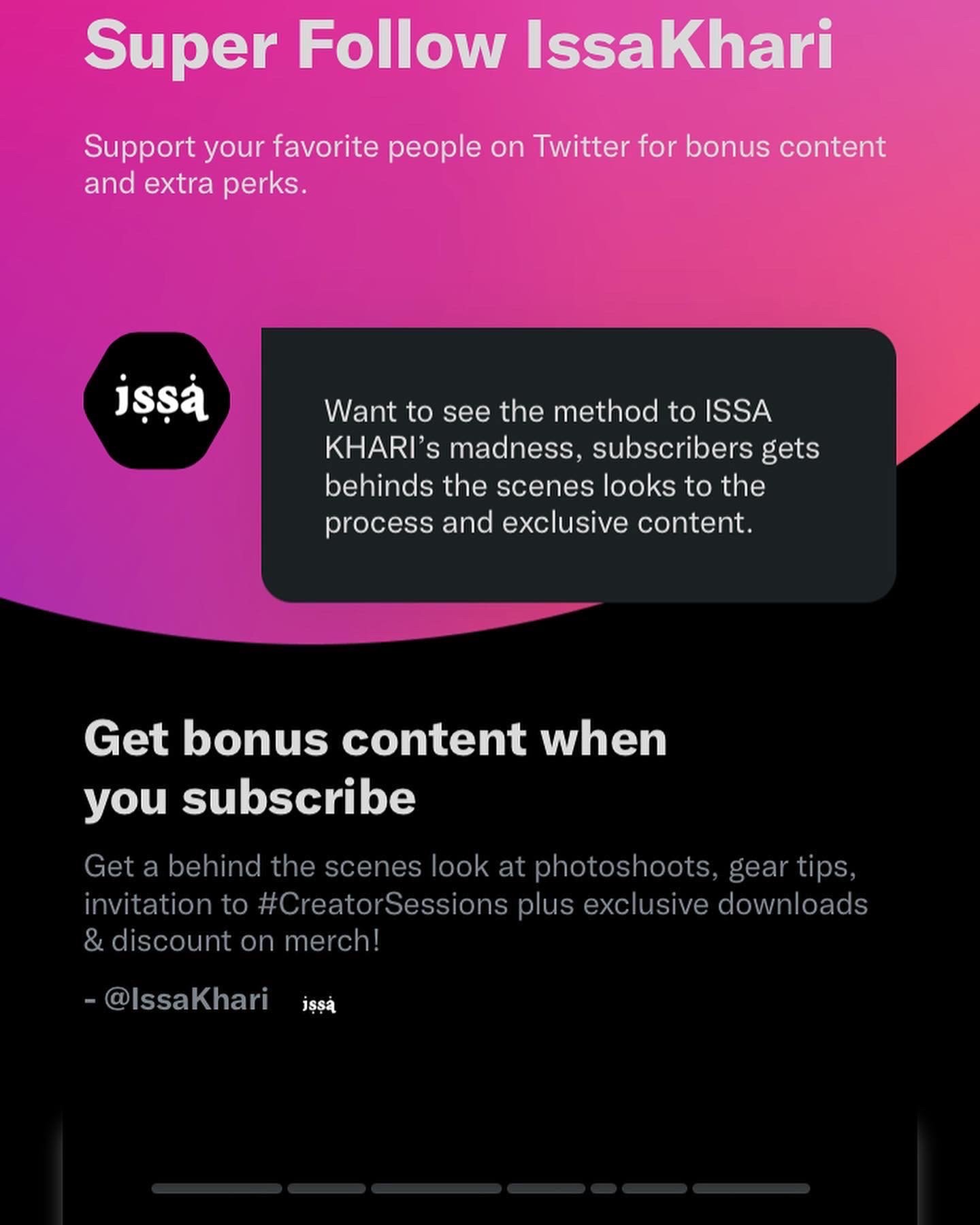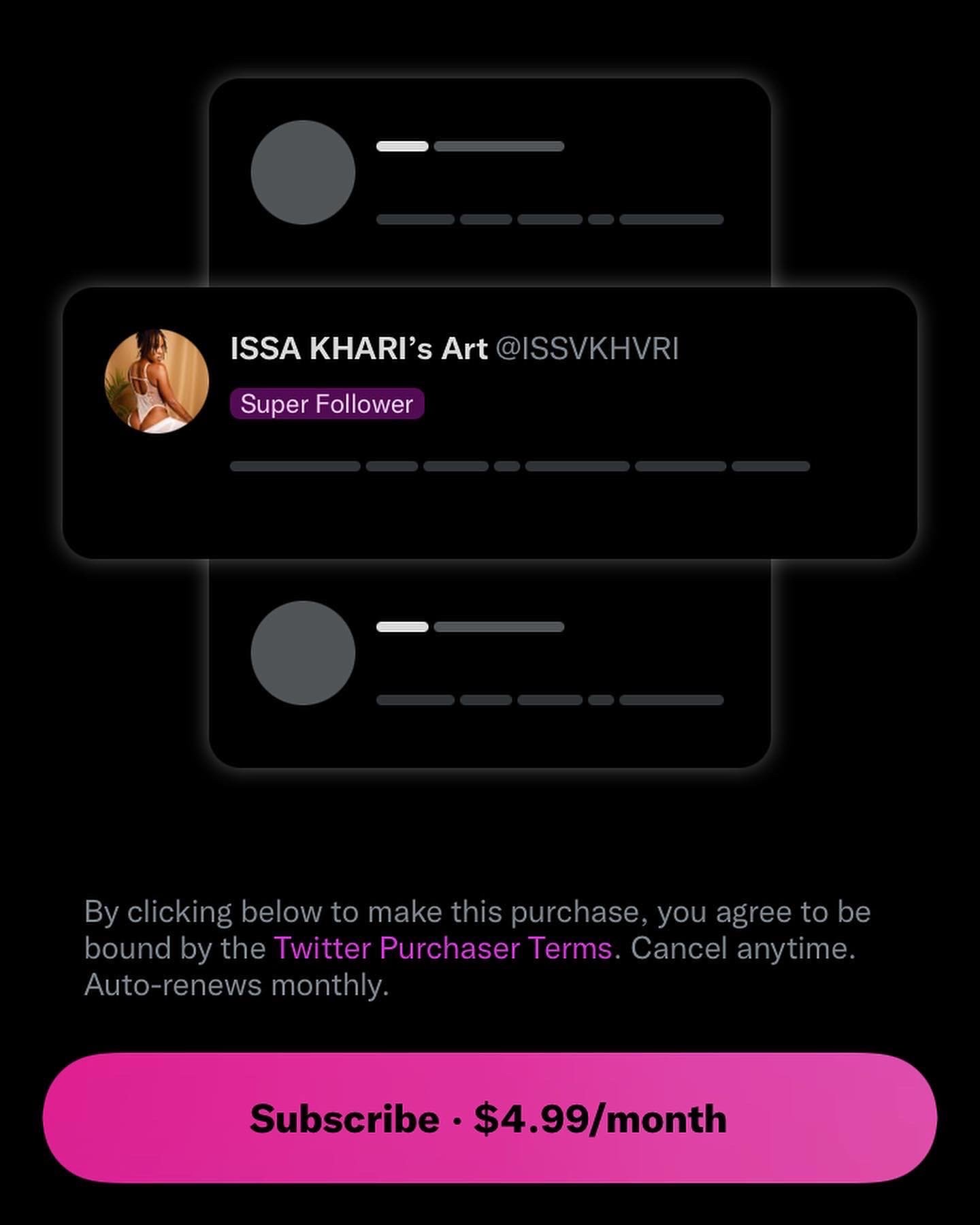What are Content Credentials?
Content Credentials are a new kind of tamper-evident metadata. It allows creators to add extra information about themselves and their creative process directly to their content at export or download. This information allows creators to receive more recognition for their work, connect with others online, and enhance transparency for their audience.
Content Credentials, a novel tamper-evident metadata, empowers creators to directly add extra information about themselves and their creative process to their content during export or download. This enhanced transparency fosters greater recognition for their work, facilitates online connections, and enhances audience understanding.
Part of the expanding ecosystem of technologies through the Content Authenticity Initiative (CAI), Adobe, alongside CAI members in media, creativity, and civil society, is committed to restoring trust online by establishing a standardized method for sharing digital content without compromising essential contextual details, such as the creator’s identity, creation date, and process.
In collaboration with the CAI, Adobe co-founded the Coalition for Content Provenance and Authenticity (C2PA) to develop an open, global standard for sharing this information across platforms and websites (extending beyond Adobe products). Content Credentials serves as an implementation of this standard.
Why utilize Content Credentials?
Sharing content transparently with Content Credentials is a straightforward approach to building credibility and trust with viewers by providing more information about yourself and your creative process. It also aids in combating the spread of misinformation and disinformation online.
Content Credentials enable you to attach your identity and contact information to your work, offering individuals multiple avenues to discover and connect with you when they encounter your content online.
How do Content Credentials function?
Content Credentials attach additional information to content during export or download, securely stored in a tamper-evident set of metadata known as a Content Credential. This Content Credential accompanies its corresponding content, ensuring that individuals can enjoy content and context together.
Over time, as a piece of content undergoes various editing and processing stages, it can accumulate multiple Content Credentials. This creates a version history that individuals can explore and utilize to make more informed trust decisions regarding that content.
How Can Content Credentials benefit photographers?
Content credentials are increasingly valuable for photographers in today's digital landscape, where images can be easily shared and manipulated. These credentials serve as a type of digital signature embedded in a photograph's metadata, providing verifiable proof of authenticity and helping to maintain the integrity of their work, especially in critical fields like journalism and documentary photography.
By attaching content credentials, photographers can assert ownership and protect their intellectual property. This includes important details like the creator’s name, creation date, and licensing information, which aids in tracking unauthorized use. In a climate where deepfakes and AI-generated images are prevalent, content credentials also build trust with viewers and clients by assuring them that the work is genuine and unaltered.
Furthermore, content credentials can streamline the attribution process, ensuring that photographers receive proper credit even as their images spread across various platforms. In cases of misuse—such as alterations that distort the original context—these credentials can help photographers demonstrate the original intent and content of their work.
Embracing content credentials can also provide a professional edge in a competitive market, signaling reliability and transparency to clients, galleries, and publications. Initiatives like the Content Authenticity Initiative (CAI), supported by Adobe and others, strive to establish standards for these practices, enabling photographers to embed credentials at the moment of creation.
In summary, content credentials empower photographers to safeguard their art, reputation, and income in the digital era, effectively functioning as a passport for their images to prove authenticity and origin.
What are some use cases for Content Credentials?
Content Credentials are particularly valuable for creators who want to attach credit and usage details to their work, making it more transparent for their audience. They can be used by both casual and professional artists for various purposes, such as:
- Creator Attribution
Creators can use Content Credentials to ensure they receive credit for their content as it’s published and shared. They can also specify how they prefer it to be used by others. Additionally, creators can share their general editing process with their audience, providing a transparent overview of what went into producing their content without revealing the intricate details of their creative process.
- Contact Information Sharing
Creators can share contact information, such as social media accounts and web3 addresses, using non-Adobe accounts. For more information on connecting accounts for creative attribution, refer to our guide.
- Generative AI Transparency
Content Credentials indicating the use of generative AI tools will be included with all content generated using Adobe Firefly. This initiative aims to promote transparency around the use of generative AI. In the future, Content Credentials from other Adobe apps will also support indicating that generative AI was employed in the creative process.
- Photojournalism
Photographers can capture image history, editing, and attribution details to share with their audiences. For a comprehensive demonstration of the complete use of Content Credentials, refer to our case study.
How are Content Credentials stored and recovered?
Content Credentials can be stored and recovered in three ways:
1. Attached to files: This method increases file sizes but maintains privacy. However, it reduces resilience and can be stripped from content when published or shared online.
2. Published to the Content Credentials cloud: This method reduces file sizes and enhances resilience. If Content Credentials are removed from content, they can be recovered using Verify. Verify may suggest possible matches for visually similar content.
3. Attached and published: This method combines the benefits of both previous methods.
If Content Credentials are missing after content is published online, it’s likely that the platform doesn’t yet support Content Credentials. However, if Content Credentials are posted to the Content Credentials cloud, they can be recovered using Verify.
Explore the growing Content Credentials ecosystem
You can find and interact with Adobe’s current Content Credentials implementations in Adobe Photoshop, Lightroom, and XD. Support for more Adobe apps is coming soon.
Virality vs. Community Building: How To Approach Content Creation
In the digital age, content creation has become a pivotal aspect of marketing, personal branding, and community engagement. Two of the strategies available stand out for their distinct approaches and outcomes: aiming for virality and fostering community building. Both strategies have advantages and drawbacks, and understanding when and how to employ them can significantly impact your content strategy's success.
In the digital age, content creation has become a pivotal aspect of marketing, personal branding, and community engagement. Two of the strategies available stand out for their distinct approaches and outcomes: aiming for virality and fostering community building. Both strategies have advantages and drawbacks, and understanding when and how to employ them can significantly impact your content strategy's success.
Understanding Virality
What is Virality?
Virality refers to the rapid and widespread sharing of content across the internet. Viral content typically achieves significant visibility quickly, often driven by novelty, emotional impact, or relevance. The term "viral" is derived from how content spreads, akin to a virus, from person to person, exponentially increasing its reach.
Characteristics of Viral Content
Emotional Appeal: Content that elicits strong emotions such as joy, surprise, anger, or sadness is more likely to be shared.
Novelty and Uniqueness: Unique and original content stands out in a sea of information, capturing attention quickly.
Relatability: Content that resonates with a broad audience, often through common experiences or cultural references, has a higher chance of going viral.
High Shareability: Easy-to-share formats, such as short videos, memes, and infographics, enhance the likelihood of spreading content.
They said said it looks like this was his first day on earth! Lmfaooo pic.twitter.com/HJVDLh7omo
— ISSA KHARI (@IssaKhari) December 28, 2022
Benefits of Viral Content
Increased Visibility: Viral content can dramatically increase brand awareness and reach.
Cost-Effective: Achieving virality can result in massive exposure with minimal investment in paid promotions.
Quick Impact: The rapid spread of viral content can lead to immediate engagement and response from the audience.
Drawbacks of Virality
Short Lifespan: Viral content often has a fleeting presence, quickly losing relevance as trends shift.
Unpredictability: Virality is difficult to predict and control, making it a risky strategy.
Superficial Engagement: Viral content may attract attention but not necessarily lead to meaningful or sustained interactions with the brand.
Understanding Community Building
What is Community Building?
Community building involves creating and nurturing a dedicated group of followers or members who share common interests, values, or goals. This strategy focuses on long-term engagement, fostering relationships, and creating a sense of belonging among members.
Characteristics of Community Building
Consistent Engagement: Regular interaction through content, discussions, and events helps maintain a strong connection with the community.
Value-Driven Content: Content that provides value, whether through information, education, or entertainment, keeps community members engaged.
Authenticity and Trust: Building trust through transparency, authenticity, and responsiveness is crucial for community growth.
Shared Purpose: A clear and shared purpose or mission unites the community and fosters loyalty.
Benefits of Community Building
Message to the Black Photographers from @DapperDanHarlem… #NYFW
— ISSA KHARI (@IssaKhari) February 6, 2024
(Translation: 🗣highlight eachother as much as you try to highlight these celebrities) pic.twitter.com/XZFWSwmjdc
Loyal Audience: A strong community provides a loyal audience that supports the brand consistently.
Sustained Engagement: Unlike the fleeting nature of viral content, community engagement is more stable and long-lasting.
Organic Growth: A thriving community can lead to organic growth as members invite others with similar interests.
User-Generated Content: Community members often contribute their content, enriching the overall content pool.
Drawbacks of Community Building
Time-Intensive: Building and nurturing a community requires significant time and effort.
Slower Growth: Community building tends to be a slower process compared to the rapid visibility that viral content can achieve.
Resource Demanding: Maintaining high-quality interactions and content for the community can be resource-intensive.
Strategies for Viral Content Creation
Leveraging Emotional Triggers
Creating content that taps into strong emotions can significantly enhance its shareability. Emotions such as awe, amusement, and curiosity are powerful motivators for sharing.
Utilizing Trends and Timing
Staying abreast of current trends and leveraging timely events can boost the relevance and shareability of content. This includes capitalizing on holidays, news events, and trending topics.
Creating Visually Appealing Content
Visual content, particularly videos and infographics, tends to perform well regarding shares. Ensuring the content is high quality and visually engaging is crucial for virality.
Encouraging User Participation
Interactive content encouraging user participation, such as challenges, quizzes, or polls, can enhance engagement and shareability.
Strategies for Community Building
Regular and Meaningful Interaction
Consistent interaction with community members, through comments, discussions, and live events, helps build a sense of belonging and loyalty.
Providing Value and Education
Creating content that educates, informs, or entertains the community ensures that members find value in staying engaged. This can include tutorials, how-to guides, and insightful articles.
Fostering a Safe and Inclusive Environment
A positive and inclusive community environment encourages members to participate and share. Establishing clear guidelines and moderating interactions are essential for maintaining a healthy community.
Encouraging User-Generated Content
Inviting community members to contribute their content fosters a sense of ownership and participation. This can include guest posts, member spotlights, and collaborative projects.
My most liked photo on that other app. https://t.co/iawDde4Sa9 pic.twitter.com/NQTQbqIv8H
— ISSA KHARI (@IssaKhari) April 20, 2024
Balancing Virality and Community Building
While virality and community building may seem like mutually exclusive strategies, a balanced approach can leverage the strengths of both. Here’s how:
Integrating Viral Elements into Community Content
Incorporating elements that have the potential to go viral within your regular community content can enhance visibility while maintaining engagement. For instance, creating shareable snippets or highlights from community events can attract a broader audience.
Using Viral Content to Attract Community Members
Viral content can serve as a gateway to introduce new members to your community. Once you capture their attention with viral content, guide them toward deeper engagement and membership.
Sustaining Engagement Post-Virality
After achieving virality, ensure that you have mechanisms in place to sustain engagement. This includes follow-up content, exclusive offers, or invitations to join community platforms.
Monitoring and Adapting Strategies
Regularly monitor the performance of both viral and community-focused content. Use analytics to understand what resonates with your audience and adapt your strategies accordingly.
Case Studies
Case Study 1: ALS Ice Bucket Challenge
The ALS Ice Bucket Challenge is a prime example of viral content that also fostered a sense of community. The challenge went viral due to its unique and engaging format, but it also built a community around a common cause, raising significant awareness and funds for ALS research.
Case Study 2: Reddit
Reddit exemplifies community building with its diverse and highly engaged communities (subreddits). While specific posts or threads may go viral, the core value of Reddit lies in its robust community structure, where members consistently engage in meaningful discussions.
Case Study 3: GoPro
GoPro effectively balances virality and community building. Their user-generated content strategy encourages community members to share their adventures using GoPro cameras, leading to viral videos that simultaneously strengthen the GoPro community.
Conclusion
Virality and community building are both powerful content strategies, each with its unique advantages and challenges. By understanding the nuances of each approach, content creators can craft strategies that not only capture attention but also foster long-term engagement and loyalty. A balanced approach that leverages the strengths of both virality and community building can lead to sustained success in the ever-evolving digital landscape.
In summary, while the allure of virality can provide immediate and widespread visibility, the enduring value of community building lies in creating a loyal and engaged audience. By integrating the two strategies thoughtfully, content creators can achieve both short-term impact and long-term growth.
The Edit button is cool, but Super Follows, could change the way we (Content Creators) use Twitter forever!
I know everyone is clamping around Elon Musks’ joining the Twitter board and the potential of a edit button being rolled out after year's of begging…However a few weeks ago I was gifted another one of Twitter’s latest features. I present to you Super Follows the latest in monetization tools for creators on the microblogging platform. Super Follows allow for Creators to put content behind a paywall, and grant exclusive access to subscribers, similar to a patreon or onlyfans. I am definitely excited to get my hands on the feature and figure out how to integrate it into my workflow.
Now back during my early Twitter Spaces Beta testing days, one of the first suggestions I made was that if Twitter truly wanted to bring more creators to the platform they need to monetize. Many creators who have become accustomed to generating income from their content can't see themselves giving away the greatest assets with out some sort of monetary gain. The first tool implemented by Twitter was the tipping feature, which simply provides a links to 3rd party apps, which is no different then putting your cash app tag into your bio. But adding this paywall definitely changes the game and how we look at Twitter as a platform for creators forever.












Here is my new YouTube intro
Here is my new YouTube intro